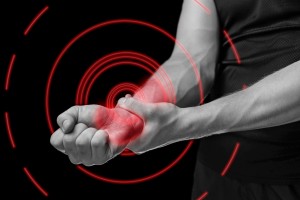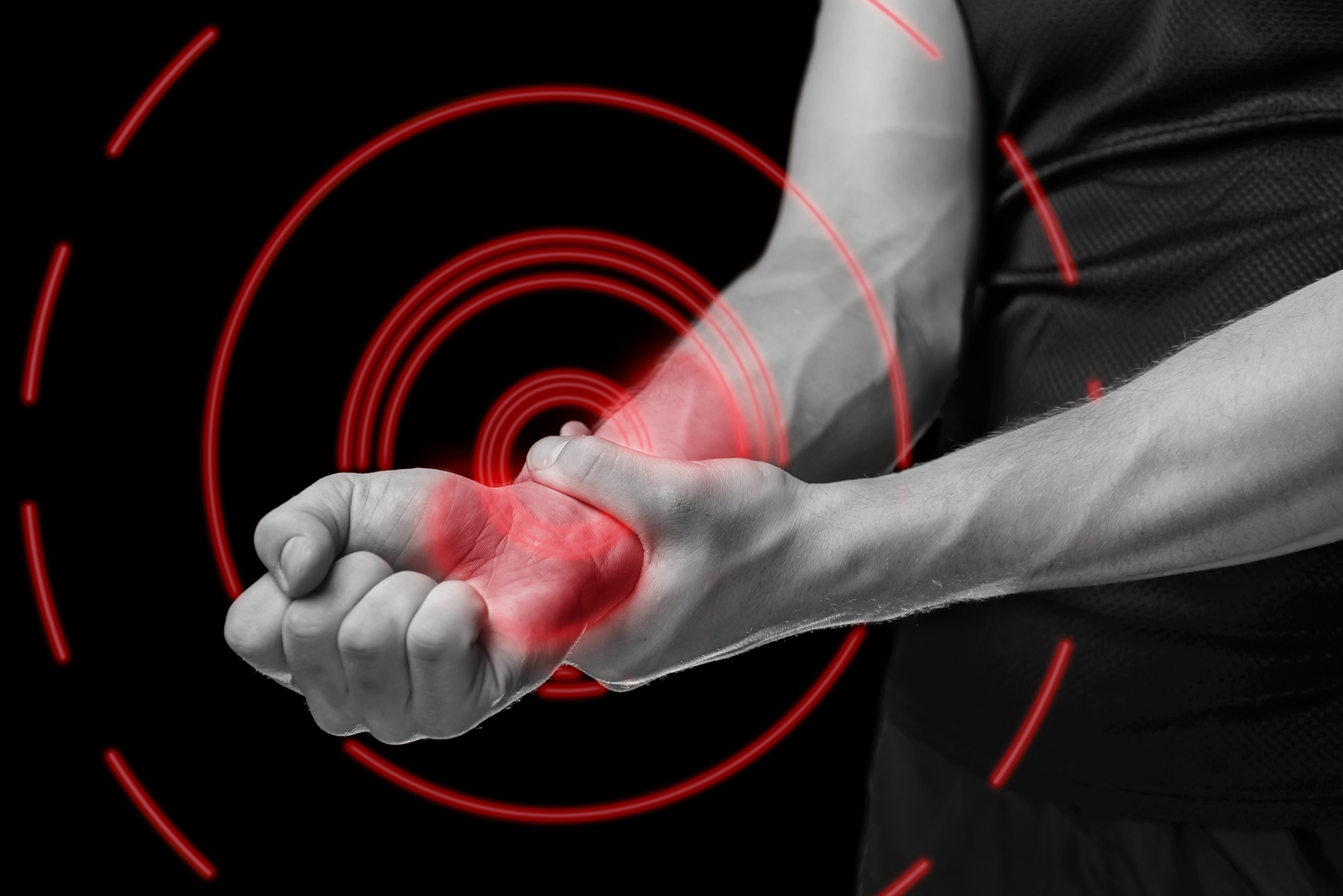In this series of blogs, I thought I would introduce you to Carpal Tunnel Syndrome and what options you have to overcome it.
What is the carpal tunnel?
There are eight small bones called carpal bones in the wrist. A ligament, the retinaculum, lies across the front of the wrist. Between the retinaculum and the carpal bones is a space called the carpal tunnel. The tendons that attach the forearm muscles to the fingers pass through the carpal tunnel. A main nerve to the hand, the median nerve also goes through this tunnel before dividing into smaller branches in the palm.
The median nerve gives feeling to the thumb, index and middle fingers, and half of the ring finger. It also controls the movement of the small muscles at the base of the thumb.
 What is carpal tunnel syndrome?
What is carpal tunnel syndrome?
This syndrome is a set of symptoms widely thought to be caused by compression of the median nerve in the carpal tunnel.
What are the symptoms of carpal tunnel syndrome?
Pins and needles. This is tingling or burning in part or all of the area around the carpal tunnel. This is typically the first symptom to develop. The index and middle fingers are usually first to be affected.
Pain in the same fingers may then develop. The pain may travel up the forearm and even to the shoulder.
Numbness of the same finger(s), or in part of the palm, may develop if the condition becomes worse.
Dryness of the skin may develop in the same fingers.
Weakness of some muscles in the fingers and/or thumb occurs in severe cases. This may cause poor grip and eventually lead to muscle wasting at the base of the thumb.
Symptoms can vary from person to person from mild to severe. One or both hands may be affected. Symptoms tend to come and go at first, often after you use the hand. Typically, symptoms are worse at night and may wake you up.
The symptoms may be eased for a while by raising the hand up or hanging it down. Flicking the wrist may also give relief. Symptoms persist all the time if the condition becomes severe.
Tune in for Part 2 when I will explain what causes Carpal Tunnel Syndrome and what you can do about it.
Until next time…

